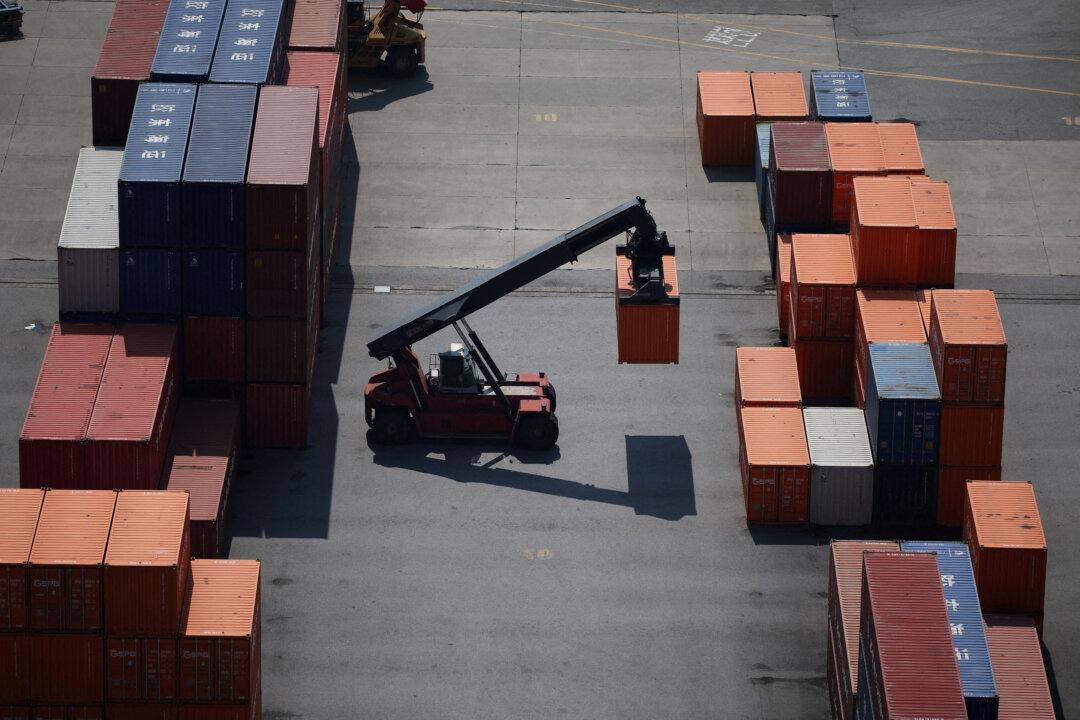India has commissioned its first domestically built aircraft carrier, the INS Vikrant, as the country seeks to bolster its navy capabilities amid growing concerns over the Chinese regime’s assertiveness in the region.
Modi said the commissioning of Vikrant signifies India’s progress toward self-reliance as it places India in an elite group of nations with the capability to domestically build an aircraft carrier.
https://twitter.com/narendramodi/status/1565619213980631041
Security Concerns in the Indian Ocean
Modi said the border’s defense is now a top priority, citing the long-ignored security concerns in the Indo-Pacific region and the Indian Ocean.“But today this area is a major defense priority of the country for us. That is why we are working in every direction, from increasing the budget for the navy to increasing its capability,” the prime minister said.
Defense Minister Rajnath Singh said the commissioning of Vikrant demonstrates that India is “fully capable of meeting the collective security needs of the region” and that India’s navy is ready to respond to any crisis.
“We believe in a free, open, and inclusive Indo-Pacific. Our efforts in this regard are guided by ‘SAGAR’ [Security and Growth for All in the Region] as envisioned by the prime minister,” Singh said.
Sri Lanka initially requested a delay in the ship’s arrival over India’s objections, but the ship was eventually approved following “extensive consultations at a high level.”





